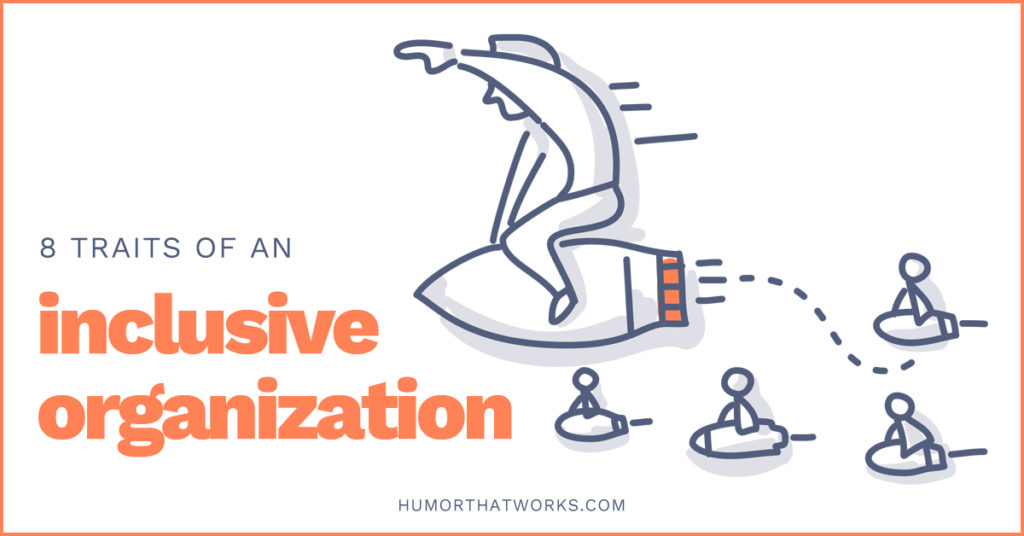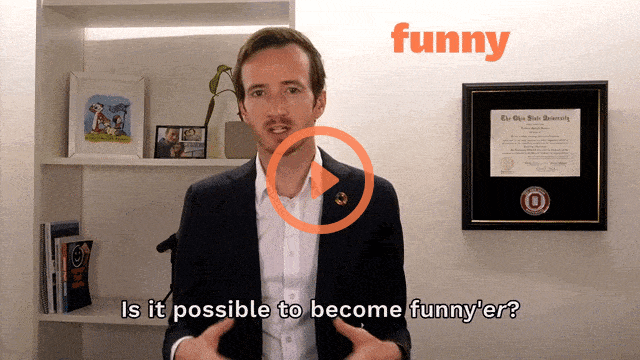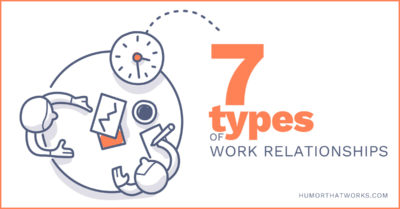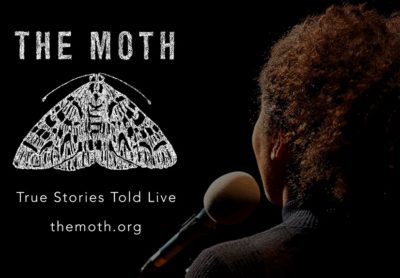Last week I attempted to answer the question, “What does inclusive organization mean?” Not just because I like solving mysteries, but also because I’ve been hearing the phrase more and more and wanted to understand what the buzz(word) was all about. I ended up with: “An inclusive organization is a group of people with a common purpose that values all individuals and enables them to do their best work.”
But even that left me wanting more. How would I know an inclusive organization if I saw one? What are the characteristics or traits of such an organization? If an inclusive organization were a Disney Princess character, which one would it be?
After further investigation and many distractions from fond memories of Disney movies, I began seeing 8 traits associated with inclusive organizations, falling into two categories: traits of the organization and traits of the individuals within that organization.
This distinction between organization and individuals makes sense. There are things that an organization is responsible for (the processes in place, the message and direction from management, the dress code for casual Fridays), but the individuals are also responsible–their behavior drives what the culture is actually like (as opposed to what management wants it to be) and how the organization behaves within the context provided to them.
The 8 traits are listed below. They are all important to creating an inclusive organization, and while you can’t have one without the other, the organizational traits usually come first–after all it’s up to management to even create the company and how they do so affects how the individuals behave.
Organization Traits
These are the 4 traits the organization (aka leadership, management, head honchos, etc) is responsible for. They help all employees live-and-breathe the 4 traits of the individual and create an environment that enables them to do their best work.
1. Sense of Identity (Organization)
The organization creates a sense of identity for everyone within the group. They define who they are, what they stand for, their purpose, and their mission. That identity should relate to every person in the organization and connect back with its overall purpose.
2. Commitment to Diversity
The organization actively seeks out and values diversity and encourages it at every level. Diversity includes: race, ethnicity, age, experience, focus of work, position, personality, and style (work style, not necessarily fashion style, though it probably wouldn’t hurt for an IT organization to have someone that didn’t dress in a button-up shirt, jeans and tennis shoes).
3. Equality
Not only is the organization diverse, but there is equality among that diversity. All contributors are recognized, from the CEO down to the admins that keep the company running, and all people are treated equally. Special privileges aren’t given to the “management” just because they think they’re special. Managers aren’t successful without the people working for them doing the actual work; direct reports aren’t successful without direction and guidance from people they report to.
4. Collaboration
The organization is structured to encourage everyone to work together, across all departments and levels. Functions don’t work in their own individual silos, they work together sharing knowledge. Managers don’t operate in secret underground bunkers while the executors toil away in an office building 20 miles away. The entire culture is one of collaboration with a focus on achieving more through teamwork, not individual effort.
Individual Traits
These are the 4 traits the individuals (the people in the organization) are responsible for. They breathe life into the 4 traits of the organization and enable it to achieve incredible results.
5. Sense of Identity (Individual)
The individuals feel like they can be themselves while at the same time feel connected to the identity of the organization. People are not drones and their diversity is respected not ignored.
6. Focus on People
Everyone in the organization recognizes that their coworkers are people, not “resources.” This means there is an emphasis on relationships and there is a great deal of respect paid to life/work synergy. It also means there is an understanding that, luckily, we’re not robots who have no feelings or lives outside of work (though we must live with the fact we don’t have rocket jets for feet).
7. Desire to Learn
The individuals in a inclusive organization have a strong desire to learn from everyone. They know that everyone in the organization can be a great teacher and that the best groups learn from each other. Mentees reverse-mentor mentors; admins train managers on email tips and tricks; Drew from IT trains everyone on why Reply-To-All should rarely be used. Everyone is a teacher and a student.
8. 360° Communication
The individuals of the organization feel comfortable communicating across all levels and responsibilities. Constructive feedback is sought and given from all who have it to give–managers, peers and direct reports. No one is afraid to speak to the CEO and the CEO isn’t a ghost to his own employees–he manages by walking around and is happy to talk with everyone, regardless of their level or function.
8 Traits of an Inclusive Organization
Companies with these 8 traits not only have an inclusive organization, but one that will deliver better results and have happier employees. The responsibility is on everyone to develop and exhibit these traits, and that’s what being inclusive is all about–you share the responsibility so you can all share the reward.
Think something’s missing or want to know more? Share it in the comments!





Thanks for the article, it’s really helpful. I wonder if you might alter the dialogue under “Commitment to Diversity” next time you present it to include gender, and also sexual orientation, gender identity and gender expression. Gender because the pay inequities based on gender are still very real, and SO and GI because these are some of the easiest groups of people to marginalise in a workforce, and the impacts can be significant. Warmest regards!